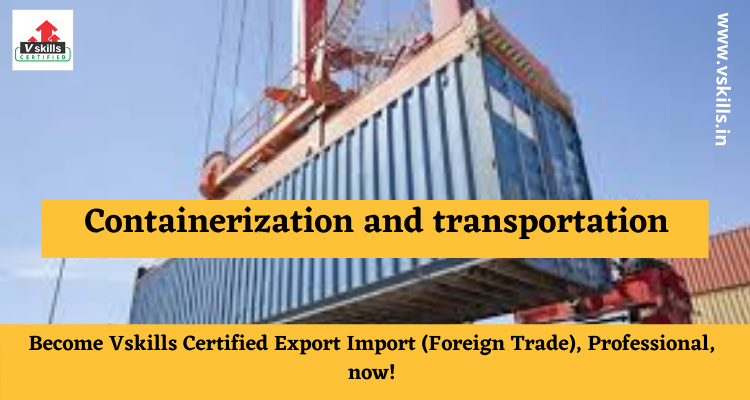Containerization and transportation
Let’s learn about Containerization and transportation.
Containerization is a system of intermodal freight transport using intermodal containers (also called shipping containers and ISO containers). The containers have standardized dimensions. They can be loaded and unloaded, stacked, transported efficiently over long distances, and transferred from one mode of transport to another—container ships, rail transport flatcars, and semi-trailer trucks—without being opened. The handling system is completely mechanized so that all handling is done with cranes. and special forklift trucks. All containers are numbered and tracked using computerized systems.
Containerization originated several centuries ago but was not well developed or widely applied until after World War II, when it dramatically reduced the costs of transport, supported the post-war boom in international trade, and was a major element in globalization. Containerization did away with the manual sorting of most shipments and the need for warehousing. It displaced many thousands of dock workers who formerly handled break bulk cargo. Containerization also reduced congestion in ports, significantly shortened shipping time and reduced losses from damage and theft.
Before containerization, goods were usually handled manually as break bulk cargo. Typically, goods would be loaded onto a vehicle from the factory and taken to a port warehouse where they would be offloaded and stored awaiting the next vessel. When the vessel arrived, they would be moved to the side of the ship along with other cargo to be lowered or carried into the hold and packed by dock workers. The ship might call at several other ports before off-loading a given consignment of cargo. Each port visit would delay the delivery of other cargo. Delivered cargo might then have been offloaded into another warehouse before being picked up and delivered to its destination. Multiple handling and delays made transport costly, time consuming and unreliable.



